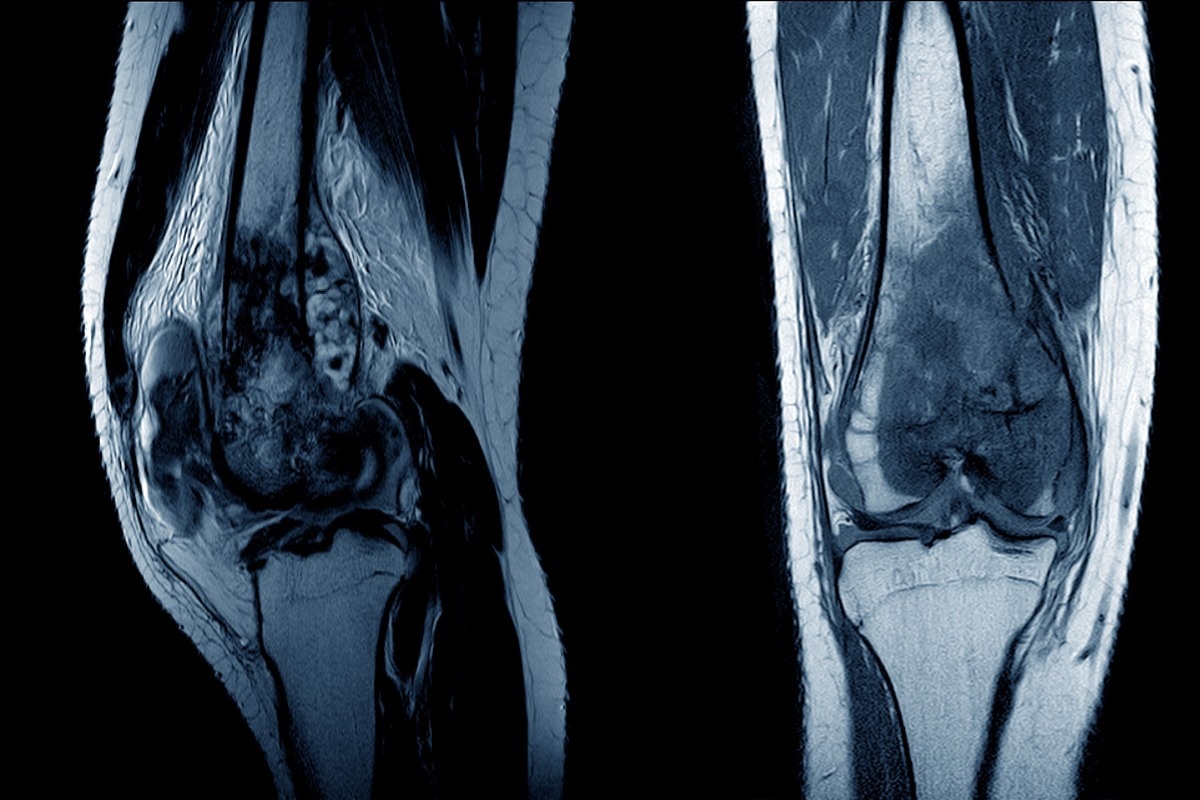The treatment of osteosarcoma should commence immediately after the diagnosis has been confirmed. Timely management is likely to improve the prognosis of individuals affected by the condition, as the tumor will be removed and treated more efficiently and without allowing it additional time to grow and spread.

Image Credit: April stock/Shutterstock.com
Treatment typically consists of surgery combined with chemotherapy. The type of surgery depends on the level of progression of the tumor and in some cases, complete amputation of the affected limb is indicated.
It is important for patients with osteosarcoma to receive the appropriate advice and medical management from an orthopedic oncologist who is experienced in the treatment of osteosarcoma.
Neoadjuvant chemotherapy
Currently, the standard treatment is with neoadjuvant chemotherapy, which is later followed by surgical resection and further medical management.
This is essentially chemotherapy administered prior to surgery to physically remove the tumor. The success of the therapy, measured by the percentage of tumor cell necrosis, is an important indicator of the overall prognosis. Additionally, it helps the oncologist to decide upon the chemotherapy regimen to be used after therapy, as it can be altered if the initial combination does not offer a large benefit.
Surgery
The surgery of choice for osteosarcoma involves a complete radical en bloc resection of cancer within the bone. This is also known as limb-salvage orthopedic surgery, as the aim is to maintain the use of the body part and avoid the need for amputation.
In the majority of patients, this provides a successful solution and approximately 9 out of 10 patients are able to salvage the affected limb with this method.
However, occasionally complications can occur that affect the success rate. The complications may include:
- Infection
- Prosthetic loosening
- Tumor recurrence
In the case of complications, there may be a need for further surgery. If it is particularly severe, amputation of the limb may be required to manage the infection or tumor growth.
Pharmacological management
Following surgery, chemotherapy is usually administered in conjunction with a drug called mifamurtide. Research has shown that this combination is able to decrease the mortality rate by 30% in comparison to chemotherapy plus placebo. Six years following treatment, 78% of patients on this medication regime were still alive, with a significant risk reduction.
High-dose methotrexate is usually given as part of the chemotherapy regime in combination with leucovorin rescue, intra-arterial cisplatin, adriamycin, ifosfamide, with mesna, bleomycin, cyclophosphamide, dactinomycin, etoposide or muramyl tripeptide.
As with all chemotherapy, there is a place for antiemetic drugs to help reduce nausea and vomiting. Additionally, fluids are often given to keep patients hydrated. If the blood cell count is low, blood transfusions may be needed, as well as drugs such as filgrastim or pegfilgrastim.
If the necrosis rate is low, indicating poor efficacy of the chemotherapy treatment, ifosfamide can be used as an additional treatment method to improve the success of the therapy.
In some patients, there may be a role for rotationalplasty to allow the patient to be able to conduct movements that may not have been possible without the surgery.
Therapy success
Chemotherapy offers several benefits and is successful for many individuals with osteosarcoma. However, it still has one of the lowest survival rates when compares to other types of pediatric cancer.
The most optimistic 10-year survival rate has been reported as 92%, which involved an aggressive regimen administered intra-arterially with an individualized therapy based of arteriographic response.
Further Reading
Last Updated: Jun 30, 2022